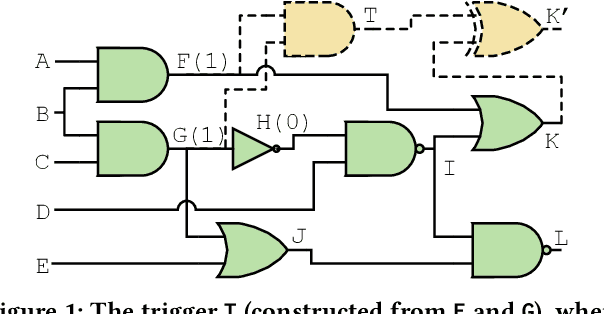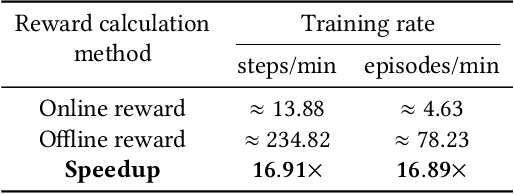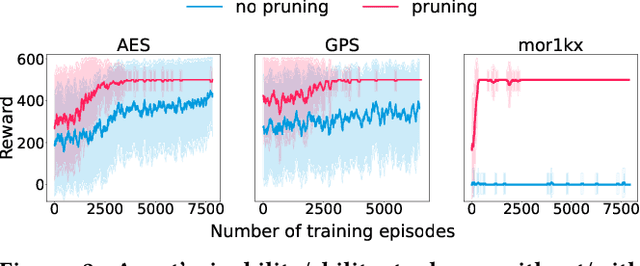ATTRITION: Attacking Static Hardware Trojan Detection Techniques Using Reinforcement Learning
Paper and Code
Aug 26, 2022



Stealthy hardware Trojans (HTs) inserted during the fabrication of integrated circuits can bypass the security of critical infrastructures. Although researchers have proposed many techniques to detect HTs, several limitations exist, including: (i) a low success rate, (ii) high algorithmic complexity, and (iii) a large number of test patterns. Furthermore, the most pertinent drawback of prior detection techniques stems from an incorrect evaluation methodology, i.e., they assume that an adversary inserts HTs randomly. Such inappropriate adversarial assumptions enable detection techniques to claim high HT detection accuracy, leading to a "false sense of security." Unfortunately, to the best of our knowledge, despite more than a decade of research on detecting HTs inserted during fabrication, there have been no concerted efforts to perform a systematic evaluation of HT detection techniques. In this paper, we play the role of a realistic adversary and question the efficacy of HT detection techniques by developing an automated, scalable, and practical attack framework, ATTRITION, using reinforcement learning (RL). ATTRITION evades eight detection techniques across two HT detection categories, showcasing its agnostic behavior. ATTRITION achieves average attack success rates of $47\times$ and $211\times$ compared to randomly inserted HTs against state-of-the-art HT detection techniques. We demonstrate ATTRITION's ability to evade detection techniques by evaluating designs ranging from the widely-used academic suites to larger designs such as the open-source MIPS and mor1kx processors to AES and a GPS module. Additionally, we showcase the impact of ATTRITION-generated HTs through two case studies (privilege escalation and kill switch) on the mor1kx processor. We envision that our work, along with our released HT benchmarks and models, fosters the development of better HT detection techniques.
 Add to Chrome
Add to Chrome Add to Firefox
Add to Firefox Add to Edge
Add to Edge